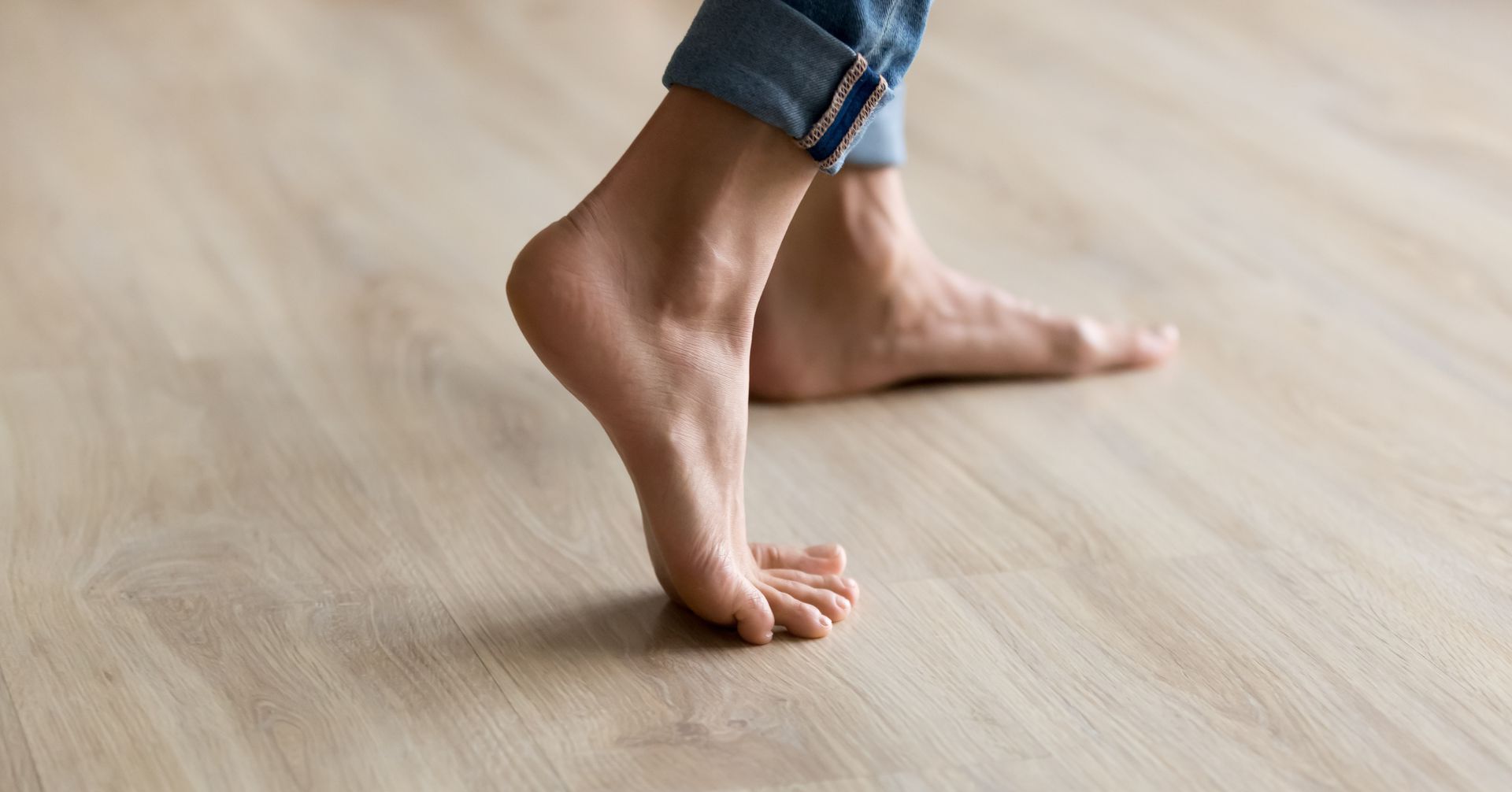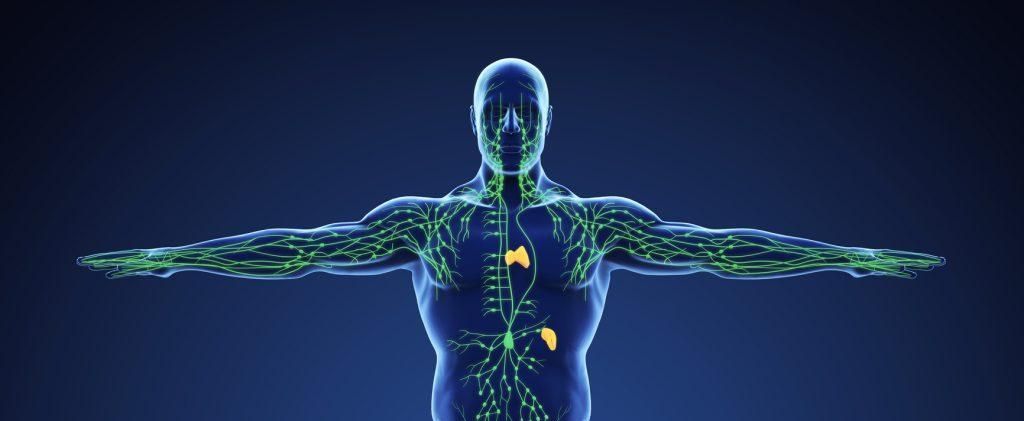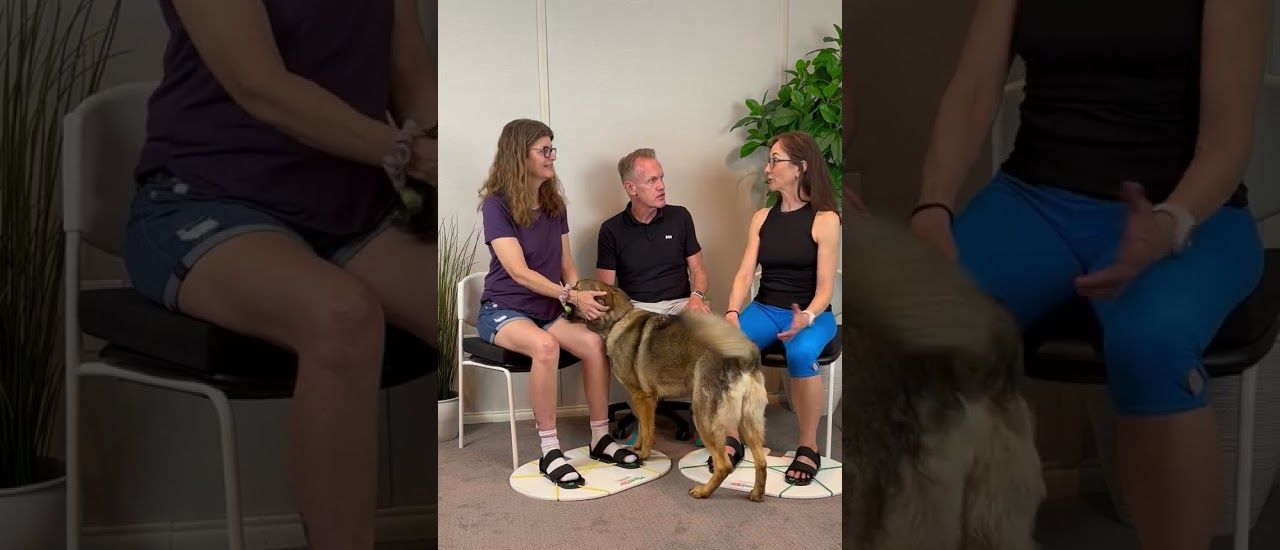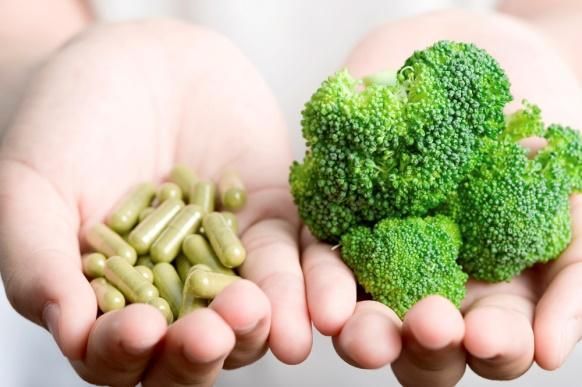Joint Function: The First Step to Better Mobility
When it comes to improving mobility, muscles typically get all the glory while joints are largely ignored. This is a big mistake! Yes, muscles are the motors that do the moving, but without joints, movement simply can’t happen.
Imagine what it would look like walking a white sandy beach without ankles, climbing stairs without knees, or rising from your favorite easy chair without hips. Movement happens where two bones meet, making joint function fundamental for good mobility.
It stands to reason that when joints move well, you can too. On the flip side, when joints are stiff and painful, walking, balance and posture become compromised. The ability to walk and move well literally hinges on joint mobility and stability. This dynamic duo works in harmony so you can move fluidly with balance, precision, speed and confidence.
Free Movement for Full Function
Consider the cheetah, with their unparalleled mobility as the fastest living runner on earth. Their secret is the springiness and flexibility of joints in the spine and hind limbs that allow extensive freedom of movement. This way, the attached leg muscles are able to produce more force around the joints with every step. Like cheetahs, we have joints that need to move freely to function fully.
Joint Structure & Function
Joints are where two or more bones join together providing a certain range of motion (ROM), allowing movement in a specific distance and direction. There are different types of joints, but here we’re talking about the freely moveable joints responsible for mobility, including the ankles, knees and hips.
Joints are held together by strong connective tissue, including ligaments that attach bone to bone, tendons that connect muscle to bone, and joint capsules that enclose synovial joints. These joint connectors need to be flexible to achieve good mobility. The “Goldilocks Principle” comes into play here; not too much, not too little, but just the right amount of flexibility is needed to optimize movement patterns.
Flexibility, Mobility & Stability
As we have seen with the cheetah, flexibility significantly influences mobility. Flexibility is the ability of connective tissues like ligaments, tendons, and muscles that cross joints to lengthen properly. Being flexible plays an important role in influencing the distance and direction a joint can move in.
Mobility is the ability to move a joint freely through an appropriate ROM before being restricted by soft tissue. Do you see how flexibility plays a foundational role in joint mobility? Aging and inactivity cause a loss of joint ROM, with soft tissues shortening and negatively impacting flexibility, mobility, and stability.
Stability is the capability to control joint movement and position. This occurs by the coordinated actions of the surrounding soft tissues and the neuromuscular system. According to functional movement expert Gray Cook, MSPT, “Mobility must precede stability” (1). Joints that can move through their full ROM, can fully activate connective tissues, nerves, and muscles surrounding joints. This translates to being stronger, steadier, faster, more agile and resilient to injury.
Aging & Inactivity
Inactivity, aging and chronic conditions are common culprits that limit mobility, leading to stiffness, dysfunction and pain. To improve mobility, the best place to start is by mindfully moving joints through a full, pain-free ROM. With practice, tight muscles and connective tissue can be lengthened, reducing joint compression, inflammation and pain. Yoga, Qi Gong and Tai Chi are gentle and powerful practices that move in all directions across the three planes of motion to help build better balance and mobility.
Mobility training can be progressed by adding resistance to stimulate more muscles, nerves, and connective tissue. Resistance training has been shown to increase strength and joint ROM (2,3). Using an elastic resistance band or the MoveMor® Mobility Trainer can be valuable tools to regain joint function safely and quickly. Better joint mobility and stability means more balance, strength, and agility in less time while leaving the pain behind.
References
- Cook, Gray: Functional Movement Systems, On Target Publications, Aptos, CA, 1st edition, 2010.
- Leite TB et al. (2017). Effects of Different Number of Sets of Resistance Training on Flexibility. Int J Exerc Sci. https://www.ncbi.nlm.nih.gov/pmc/articles/PMC5609666/
- Wen-Sheng Z et al (2019). Effects of Dynamic Stretching with Different Loads on Hip Joint Range of Motion in the Elderly. J Sports Sci Med. Mar; 18(1): 52–57.
www.ncbi.nlm.nih.gov/pmc/articles/PMC6370971/











